The South China Morning Post (SCMP) reported yesterday that a Chinese research team has discovered that a new coronavirus called HKU5-CoV-2 in bats has the potential to be transmitted from animals to humans because it uses the same human receptor as the virus that causes Covid-19, SAR-CoV-2.
HKU5-CoV-2 was first discovered in bats in 2006 and is common in Pipistrellus bats in eastern and southern Asia.
The study was led by Shi Zhengli, a virologist nicknamed “bat woman” for her extensive research on bat coronaviruses, at the Guangzhou Laboratory along with researchers from the Guangzhou Academy of Sciences , Wuhan University and the Wuhan Institute of Virology. The team said HKU5-CoV-2 was able to bind to human angiotensin-converting enzyme (ACE2), the same receptor used by SAR-CoV-2 to infect cells. HKU5-CoV-2 comes from the Merbecovirus subgenus, which also includes the virus that causes Middle East Respiratory Syndrome (MERS).
Chinese 'batman' researcher finds new coronavirus has transmission risk like Covid-19
The researchers found that when isolated from bat samples, HKU5-CoV-2 can infect human cells as well as artificially cultured clumps of cells or tissues that resemble miniature respiratory organs or intestines. “Merbecoviruses from bats pose a high risk of infecting humans, either through direct transmission or through intermediate hosts,” the team wrote in a paper published in the journal Cell on February 18.
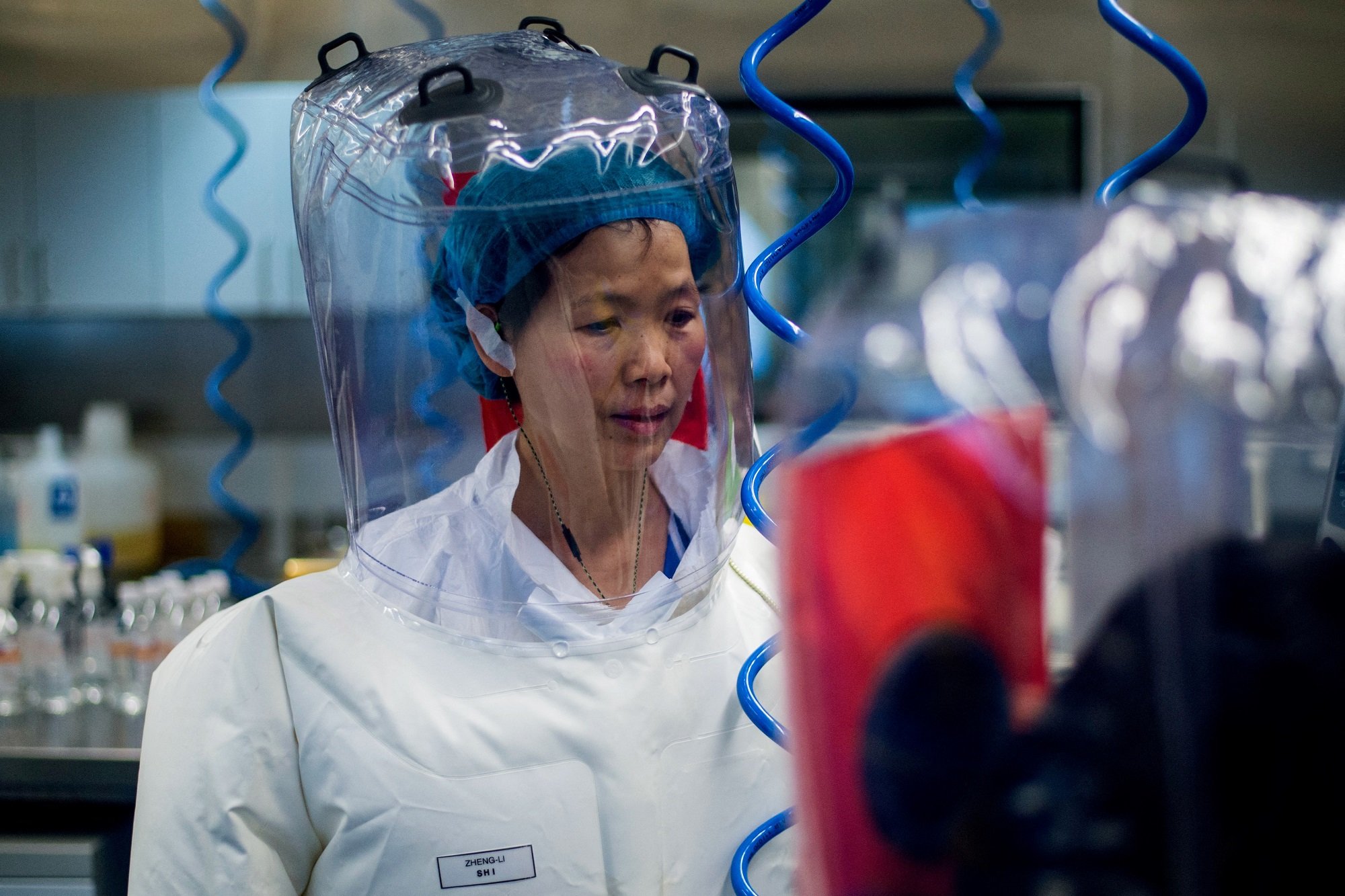
Chinese virologist Shi Zhengli at the Wuhan Institute of Virology in 2017
Cell previously published a paper by a team from the University of Washington (USA) and Wuhan University concluding that while the HKU5 strain can bind to bat and other mammalian ACE2 receptors, they did not find "efficient" binding in humans. Meanwhile, Ms. Shi's team found that HKU5-CoV-2 is better adapted to human ACE2 than lineage 1 of the virus and "may have a wider host range and higher transmissibility across species." They said that HKU5-CoV-2 needs to be monitored more closely but assessed that the virus's capacity is "significantly lower" than SAR-CoV-2 and "the risk of HKU5-CoV-2 emerging in humans should not be exaggerated."
Ms. Shi is best known for her research at the Wuhan Institute of Virology, which is at the center of a controversy over the origins of Covid-19, with one theory suggesting that SAR-CoV-2 originated from a lab leak in Wuhan, China, according to SCMP . Ms. Shi and Chinese officials have denied that the Wuhan Institute of Virology was responsible for the Covid-19 outbreak.
Source: https://thanhnien.vn/trung-quoc-phat-hien-vi-rut-moi-co-the-lay-nhu-covid-19-185250221230711173.htm


![[Photo] Binh Trieu 1 Bridge has been completed, raised by 1.1m, and will open to traffic at the end of November.](https://vphoto.vietnam.vn/thumb/1200x675/vietnam/resource/IMAGE/2025/10/2/a6549e2a3b5848a1ba76a1ded6141fae)





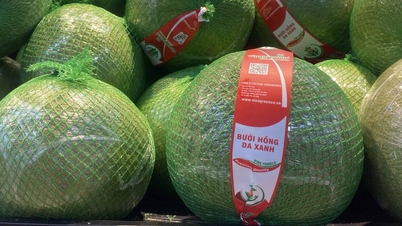

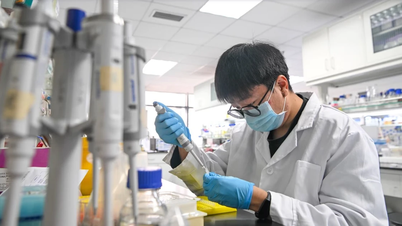




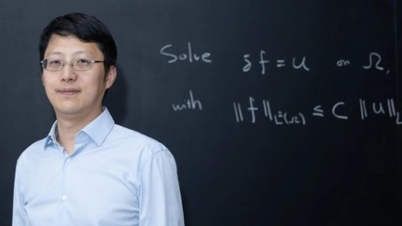








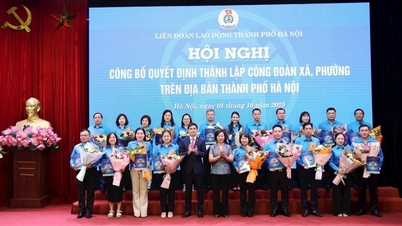











































































Comment (0)